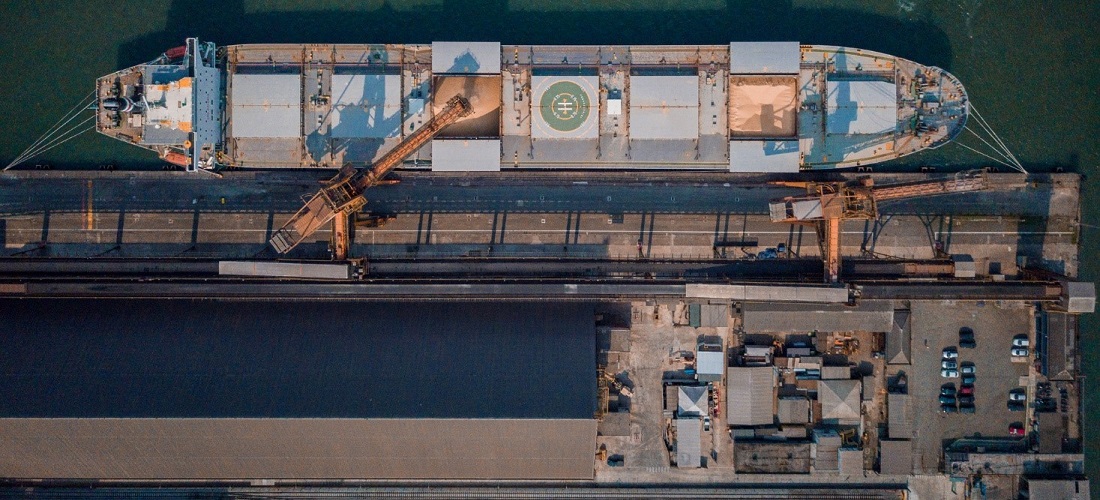
Breadbasket of the World: Brazil dominates global exports of seven food products
Mar, 07, 2024 Posted by Gabriel MalheirosWeek 202410
Brazil has cemented its position as a global leader in the export of at least seven food items, according to a report distributed by BTG Pactual to its clients on March 4th, which calls the country the “breadbasket of the world.”
According to the bank, Brazil has become the world’s largest exporter of soybeans (56% of total exports), corn (31%), coffee (27%), sugar (44%), orange juice (76%), beef (24%), and chicken meat (33%). Additionally, it is the second-largest seller of two other commodities: ethanol and cotton.
The following charts show Brazil’s export volume of corn from January 2022 to December 2023 and soybeans from January 2019 to December 2023. The data used below was sourced from DataLiner.
Brazilian Corn Exports | Jan 2022 – Dec 2023 | WTMT
Source: DataLiner (click here to request a demo)
Soy Exports from Brazil | Jan 2019 – Dec 2023 | WTMT
Source: DataLiner (click here to request a demo)
With over 200 million inhabitants, the breadbasket of the world currently produces enough food to meet the caloric needs of approximately 900 million people, which accounts for 11% of the global population.
The report highlights a series of figures that illustrate Brazil’s “tropical agriculture miracle.” For instance, grain production has surged from 47 million tonnes in 1977 to the current 312 million tonnes. Agricultural productivity has increased by 58% since the year 2000 — during the same period, the growth rate was 37% in emerging countries and 32% in advanced economies.
BTG Pactual notes that agricultural financing has shifted over time from a profile based on official subsidies to a market-based approach. For the 2023/24 harvest, 67% of financing resources are private, with only 33% originating from the government.
According to the bank’s analysis, only 8% of Brazil’s territory is occupied by crops — a contrast to 14% in Argentina, 18% in the United States and China, 58% in France, and 61% in India.
“Brazilian pastures are still poor in terms of quality and productivity,” the report states, estimating that 40% of the 73 million hectares used for cattle ranching are “moderately or severely degraded.” Therefore, they could be converted into plantations, further expanding the cultivated area.
Source: CNN
Click here to read the original news report: https://www.cnnbrasil.com.br/economia/macroeconomia/brasil-virou-celeiro-do-mundo-e-ja-lidera-exportacoes-mundiais-de-sete-alimentos-diz-btg/
-
Economy
Feb, 29, 2024
0
Brazil central government posts primary surplus of $15.95 bln in January
-
Ports and Terminals
Jan, 26, 2024
0
ZPE Ceará ends 2023 with 12.2% surge in cargo throughput
-
Trade Regulations
Jun, 27, 2019
0
SECEX launches online tool for quicker response to foreign trade questions
-
Ports and Terminals
Oct, 14, 2022
0
Draft-enhancing vessel arrives at the Port of Cabedelo


